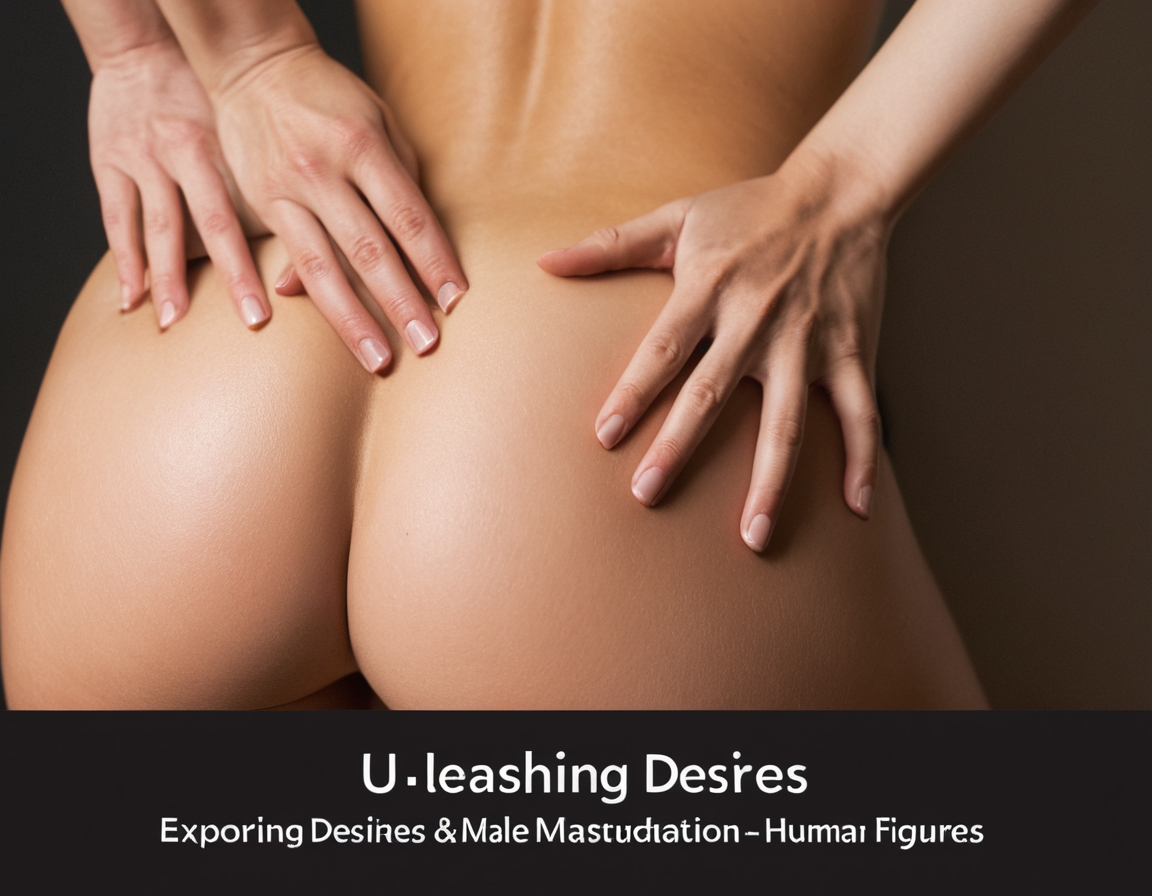Title: Unleashing Desires: Exploring Male & Female Masturbation Fables

Introduction
Masturbation is a natural and healthy part of human sexuality, often used as an outlet for exploring personal desires and fantasies. Despite its prevalence in our society, there remain numerous misconceptions about both male and female masturbation practices. In this article, we will delve into the world of self-pleasure to explore common fables surrounding these intimate experiences and provide a comprehensive understanding of how they can positively impact one’s sexual wellbeing.
Male Masturbation Fables: Separating Myth from Reality
Fable 1: “Men think about sex every seven seconds.”
While it is true that men tend to have higher libidos than women, this fable greatly exaggerates the frequency of sexual thoughts. Studies suggest that men think about sex an average of 19 times per day, rather than every seven seconds. Furthermore, these thoughts are not always related to masturbation but rather, more broadly encompass all aspects of their sexuality and desire for connection.
Fable 2: “Masturbation leads to blindness.”
This myth has persisted throughout history, with some individuals even avoiding visual stimulation during self-pleasure out of fear. However, there is no scientific evidence to support the claim that masturbating can cause blindness or any other physical harm. In fact, masturbation can be an essential tool in understanding one’s sexual preferences and practicing safe sex habits.
Fable 3: “Masturbation causes infertility.”
Contrary to this fable, research indicates that healthy masturbation practices do not impact fertility negatively. In fact, engaging in regular self-pleasure can improve overall reproductive health by reducing stress and promoting blood flow throughout the genital area.
Female Masturbation Fables: Setting the Record Straight
Fable 4: “All women experience pleasure through vaginal penetration.”
This misconception has led to the belief that masturbation is exclusively focused on penetrative acts, which may not be true for every woman. In reality, many females prefer clitoral stimulation as their primary form of sexual satisfaction. Masturbation offers a safe space for women to explore and discover what types of touch or sensations bring them pleasure.
Fable 5: “Masturbating makes a woman ‘loose’.”
There is no scientific evidence supporting the idea that masturbation affects vaginal tightness in any significant way. In fact, engaging in self-pleasure can help strengthen pelvic floor muscles and improve overall sexual health.
Fable 6: “Women don’t need to orgasm during masturbation.”
While it is true that not every woman experiences an orgasm during solo play, the idea that they do not desire or seek climax ignores the reality of female masturbatory practices. Many women strive for and achieve orgasm through self-pleasure, further enhancing their sexual confidence and understanding of what brings them pleasure in future encounters.
Conclusion
As we continue to unravel the complexities of human sexuality, it is essential to address longstanding myths surrounding masturbation practices. By separating fact from fiction, individuals can embrace self-pleasure as a means for exploring desires and enhancing overall sexual health and satisfaction. Whether male or female, understanding these common fables debunks misconceptions and fosters an environment where all can explore their unique erotic landscapes without fear of judgment or harm.
Optimized Keywords: masturbation, self-pleasure, myths, reality, sexual wellbeing, libido, infertility, clitoral stimulation, pelvic floor muscles, orgasm.

